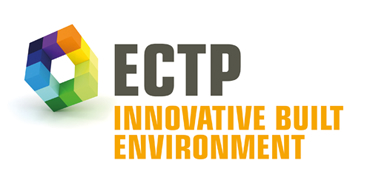The Smart Readiness Indicator is a common EU scheme aiming to assess the smart readiness of buildings. It rates the technological readiness of buildings to: interact with their occupants, interact with connected energy grids, and operate more (energy-)efficiently. The SRI scheme proposes seven impact criteria defined below.
Energy efficiency
This impact category refers to the impacts of the smart-ready services on energy saving capabilities. The SRI rating does not consider the whole energy performance of buildings, but only the contribution of the smart-ready technologies, for instance resulting from better control of room temperature settings.
Maintenance and fault prediction
Automated fault detection and diagnosis has the potential to significantly improve maintenance and operation of technical building systems. It also has potential impacts on the energy performance of the technical building systems by detecting and diagnosing inefficient operations.
Comfort
This impact category refers to the impacts of services on occupants’ comfort. Comfort refers to conscious and unconscious perception of the physical environment, including thermal, acoustic, and visual comfort (for instance, provision of sufficient lighting levels without glare).
Convenience
This impact category refers to the impacts of services on convenience for occupants. In other words, the extent to which services “make life easier” for the occupant, for instance through technical building systems requiring fewer manual interactions.
Health, well-being and accessibility
This category refers to the impacts of services on the well-being and health of occupants. For instance, smarter controls can deliver an improved indoor air quality compared to traditional controls, thus raising occupants’ well-being, with a commensurate impact on their health.
Information to occupants
This impact category refers to the ability of the building and its systems to provide information on building operation to occupants or to facility managers (for instance: real time information on renewable energy conversion, or actual indoor air quality).
Energy flexibility and storage
This category refers to the impacts of services on the energy flexibility potential of the building: i.e. the capacity to shift energy demands in time to create a better match between energy demand and energy supply (especially in case of intermittent renewable energy sources). The scheme does not solely focus on electricity grids, but also includes flexibility offered to district heating and cooling grids.
 Join ECTP
Join ECTP











